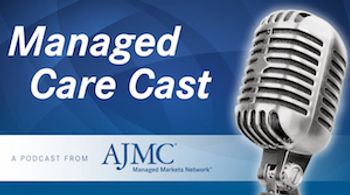
What we're reading, December 15, 2016: Democrats won't help repeal the Affordable Care Act, but some may help pass a replacement; drug makers push new opioids despite lack of evidence they reduce overdoses; CDC issues Zika virus travel advisory for Texas town.











































